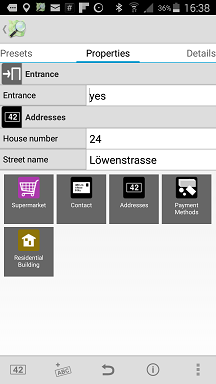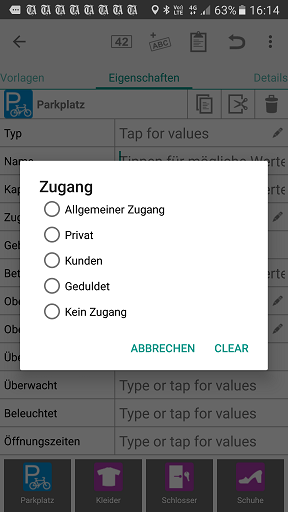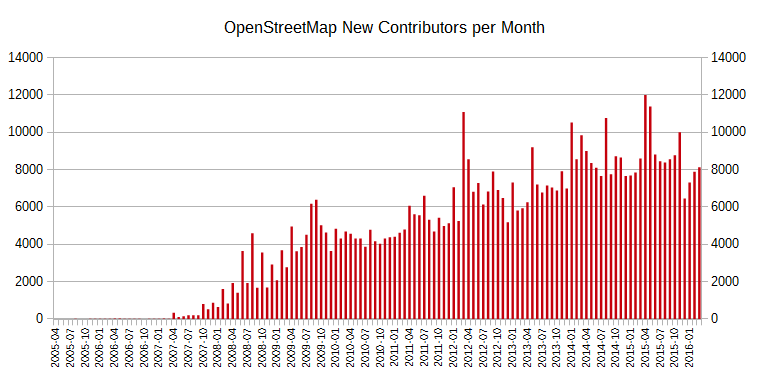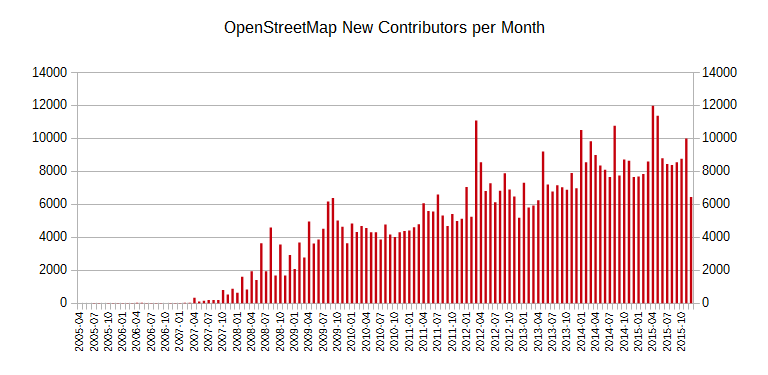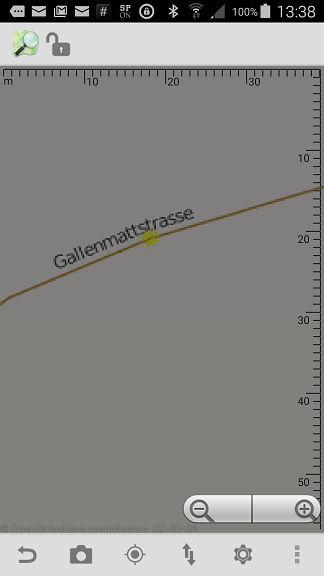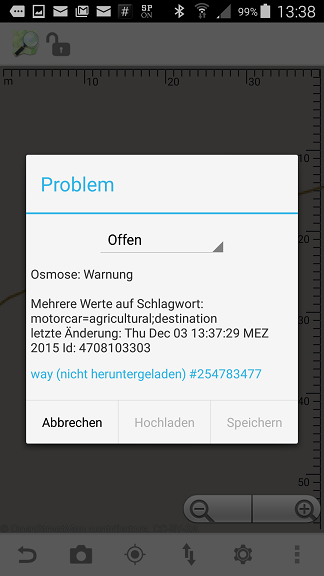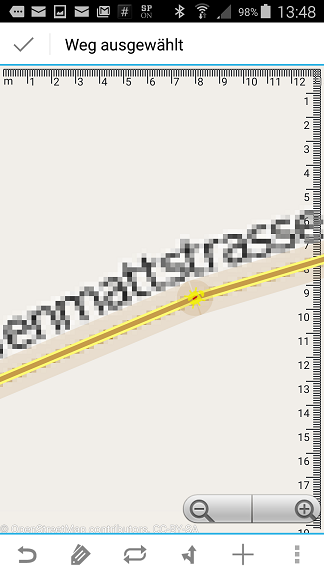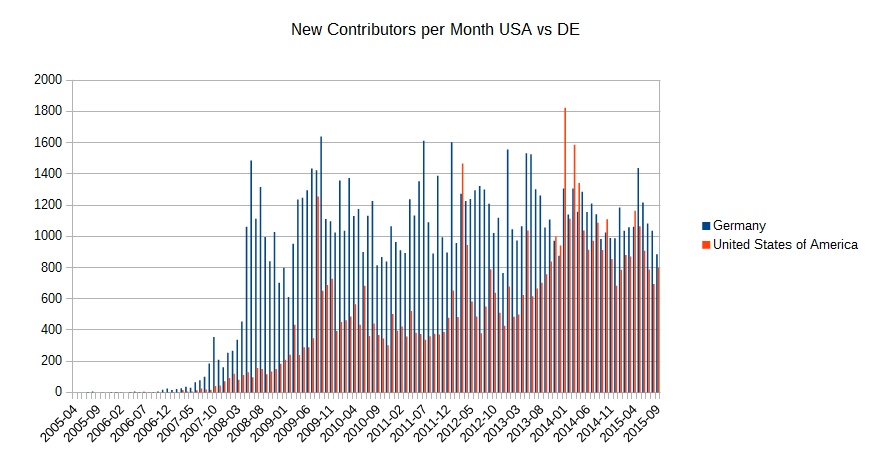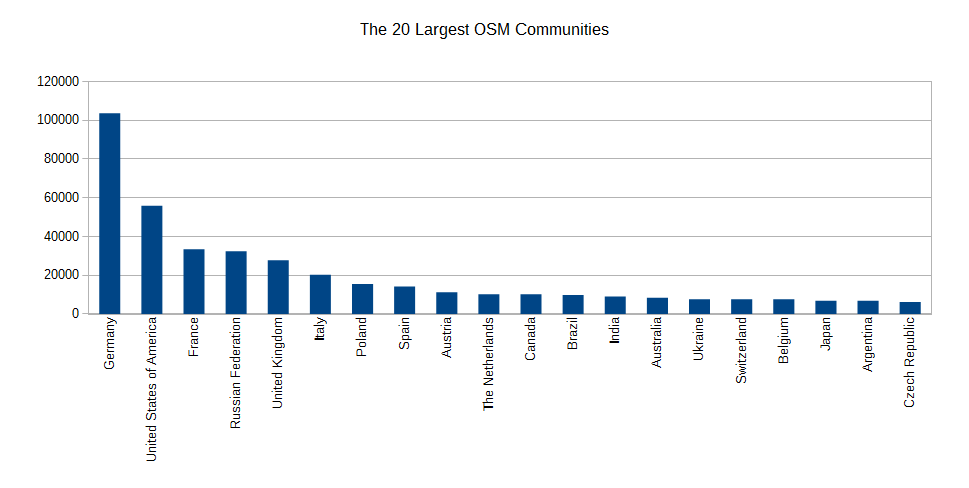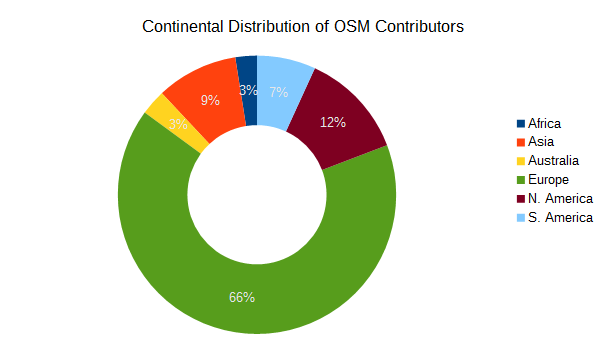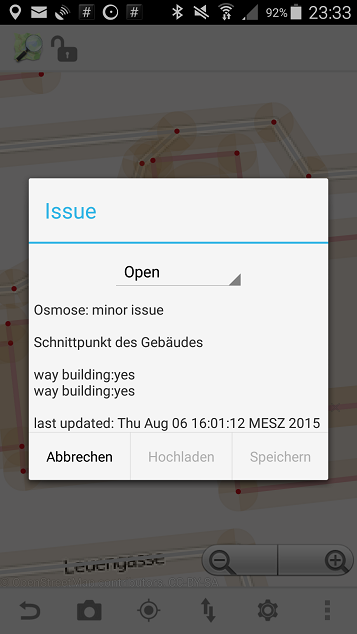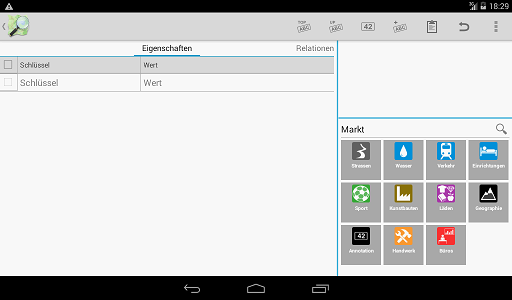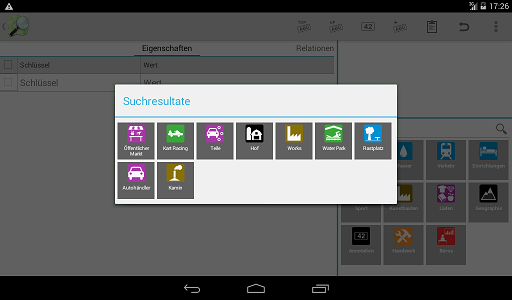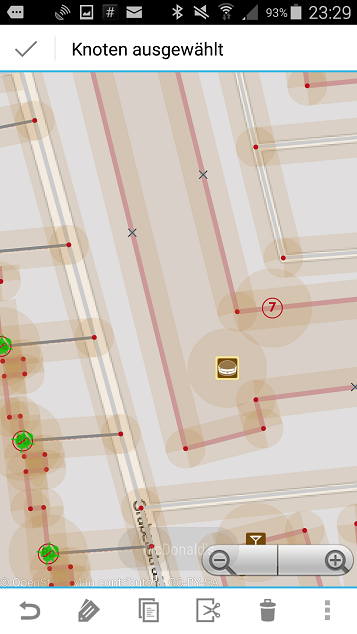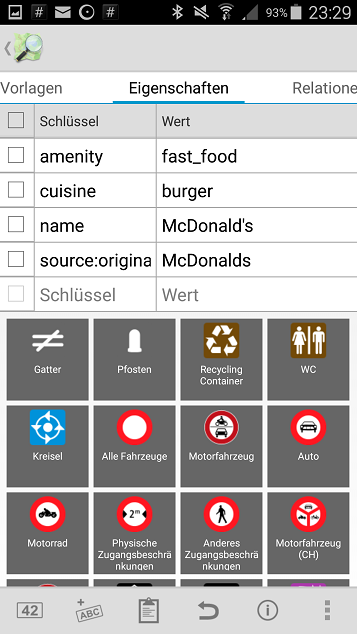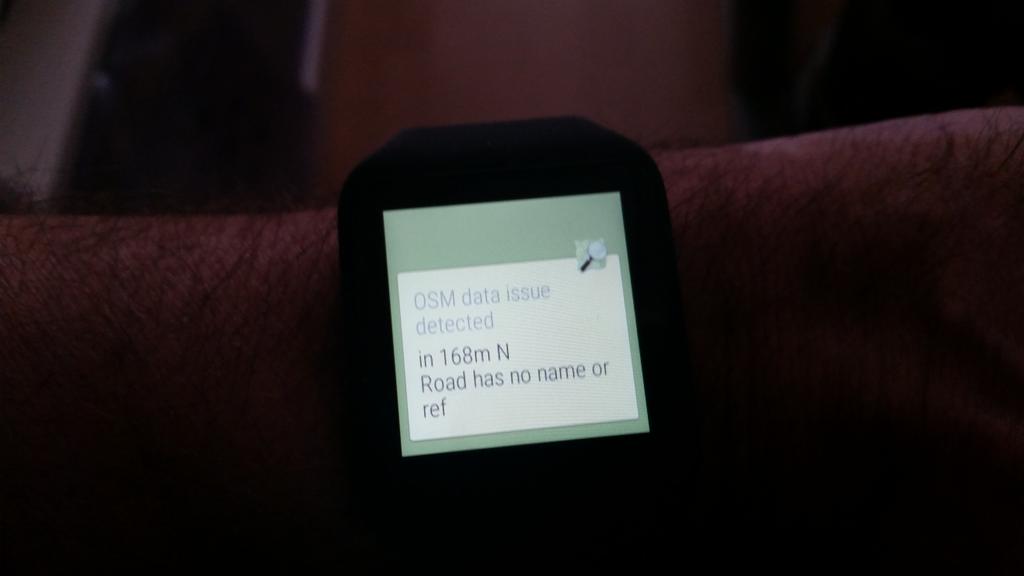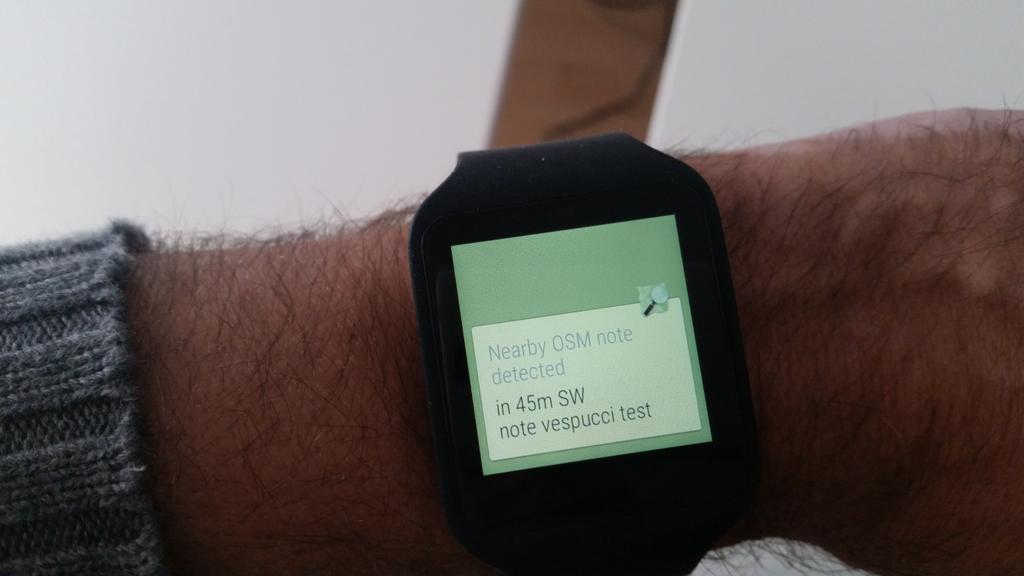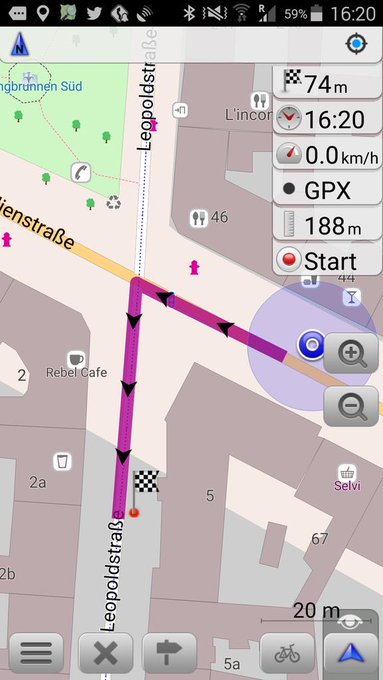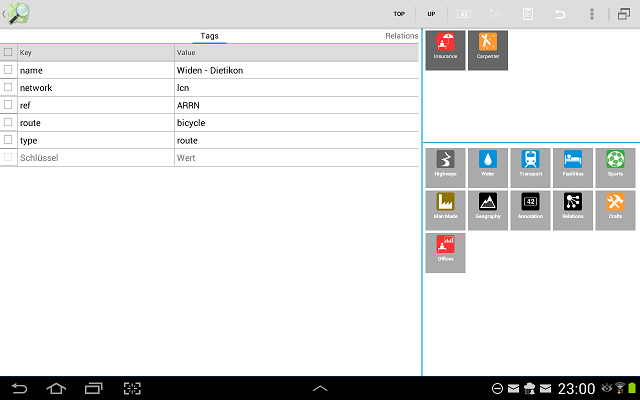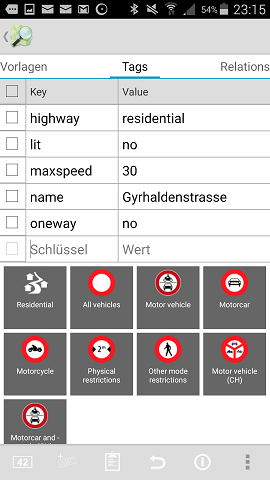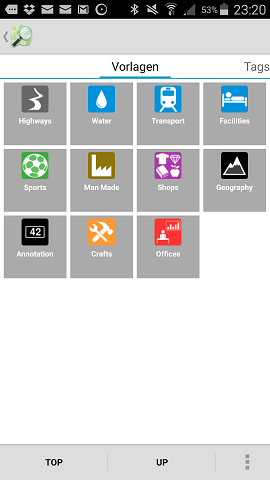People who have read Gary Gales blog post on Geohipster will have noticed that one of his claims is that OSM is “business unfriendly”. It is a reoccurring theme in discussion with people from the geo-industry however in many many discussions and contacts with companies outside of geo** it has never been an issue, and so the question should probably be reformulated as:
Is OSM geo-business unfriendly?
Well, my answer is, you expected this: no.
It is obvious simply by observing the many thriving businesses that would not exist without OSM and the way OSMs “business-model” is structured.
By positioning itself as a data collection project OSM has left lots of space to build businesses using OSM data and providing services on top of it. This is in stark contrast to say Wikipedia, which has always positioned itself as the one-stop shop for WP content and services.
Would a MapBox exist if OSM had chosen a more Wikipedia like model? Naturally not. Would MapBox cease to exist if OSM changed its mind today? Probably not, given that they have moved away from being a one-trick pony, but it would be the death knell for a number of other players.
But no fear, a further reason that OSM is extremely business friendly is that we have held a steady course over the decade the project has existed. Major changes have taken place over a long period of time with lots of time to adapt.
Now there is a certain slow feature creep with respect to services provided on the central OSM site which will continue to raise the bar of the minimal functionality for a viable online map portal, but anybody endangered by this should likely rethink their business model in any case.
Community run and developed software and services will likely have more impact. OSM provides a level playing field and your business model should take competing with non-commercial services in to account (note how OSMand in continuously improving).
On top of the above OSM is extremely cheap for business. Not going down the Wikipedia route has enabled OSM to produce all this good stuff with a minimum of fixed costs. The annual budget of the OpenStreetMap Foundation (the formal body behind OSM) is roughly a 1/500th of its Wikipedia counterpart, the Wikimedia Foundation. There is no obligation for a business to donate to the OSMF and a major part of its income has been from donations by individuals.
A further common complaint from the geo-business pundits is that the OSM community is business hostile, however occurrences of this can essentially always be traced back to the company in question trying to force something on the community, or trying to telling the community what to do instead of being part of it.
Matter of fact the OSM community has an extremely laissez faire attitude towards business involvement in OSM. It is difficult to find somebody opposed to building businesses on the volunteer work, and the boards of two of the most influential OSM related organisations (OpenStreetMap US and the OSMF) are dominated by industry representatives. Dominated as in: a single token non-industry involved member in each.
Garys superficial main beef with OSM is however the current distribution licence, the ODbL.
Over many decades essentially all businesses dealing with geo-data have had business models where they would obtain data from various sources, add in some self-surveyed information and sell the result either directly or services built on top of the resulting dataset., negotiating contracts at every step in the process. This goes for essentially every player from Tomtom, Nokia and google at the top, down to smaller players, excluding essentially only the national and regional government operated GIS departments. Doing business this way is deeply ingrained in the thought patterns and culture of the whole industry.
The advent of open data, mainly open government data, has not changed this. What it has changed is that the cost structures of the businesses have improved. You shouldn’t be fooled by the marketing, many of the “disruptive” geo-businesses are simply using the tired, age old business model with lower costs. The benefit is that they seem to have a bit more lee way to do cool things right now, but that will change when everybody has caught up.
Enter OSM.
OSM is the odd kid on the block- Now I don’t want to dive in to yet another licence discussion. As has been pointed out many times, many of the issues with the licence are make believe, the real main issue the geo-industry has with OSM is that we don’t conform to their traditional business model and they are having problems to adapt. You can’t simply haggle a contract with OSM, everybody gets the same.
With other words: their problem is that OSM is truly disruptive and different.
Is this “business-unfriendly”? No, it opens up lots of opportunities for geo-businesses that are willing to adapt, for the others: its capitalism, bye bye.
** it should be noted that non-geo businesses don’t seem to have problems googling for the OSMF and sending mail or e-mail with inquiries and questions. The geo-industry on the other hand seems to be so ripe with google-challenged people that it was possible for MapBox to fill a full “legal” marketing piece with complaints by them.
